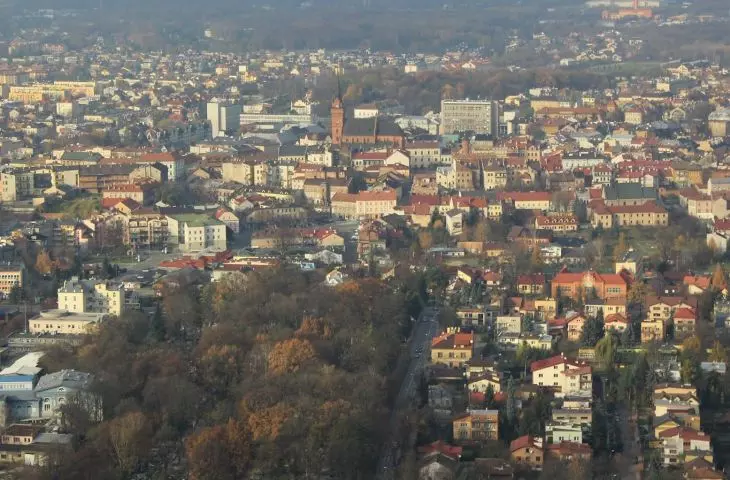The problem of revitalizing mid-sized cities is overlooked from the perspective of metropolises and larger centers - the vision of empty and failing premises in the centers, and the lack of residents on the streets still sounds abstract to someone from Warsaw, Krakow or Gdansk. Solving the crisis of empty streets requires a set of tools, including those of architecture and urban planning.
Medium can also be good
As part of our #ReportThursday series, we present documents, reports and guides on architecture, cities and local government that are certainly worth publicizing and promoting. This week we take a look at the report "Medium Cities - Living Cities?" compiled by Magdalena Nawrocka as part of the Lighthouse Analysis Center.
As the author pointed out at the very beginning of the document, according to a study by the Polish Academy of Sciences, as many as 122 out of 255 Polish cities are threatened by marginalization and crisis phenomena. Loss of function is the tip of the iceberg. The lack of an idea for the development of medium-sized cities has been a sore point since the administrative reform. The polarization-diffusion model, which was popularized by analyst Szymon Pifczyk , primarily favors metropolises.
The problem of solutions for medium-sized cities requires ideas at many stages - a new way of financing, support for housing development, elimination of girdling municipalities and counties. Magdalena Nawrocka , however, focused on another element in the fight against the negative phenomena of the decline of medium-sized cities - the perspective of architecture and urbanism.
The report is available on the website of the Lighthouse Analysis Center.
Report compiled by Magdalena Nawrocka as part of the Lighthizer Analysis Center
© Lighthizer Analysis Center
better space as a tool
The report released by CAL primarily focuses on architectural and urban planning tools that can lead to urban revitalization. The phenomenon of empty streets intensifies the negative image of the city not only outside, but also in the eyes of its own residents. As a result, a vicious circle is created, within which residents often do not use the city, convinced that no one is using it.
In the paper, the author primarily cites the valuable advantages of medium-sized cities, which are worth taking into account when creating strategies for urban revitalization - usually more intimate downtowns of an unobtrusive scale, which create a pleasant environment for residents.
Among the solutions mentioned is also the role of the human face described by Jan Gehl - indicating that in order for a neighborhood to attract more people, the first so-called colonizers must appear. The more people we see here and now, the more likely the space is to attract new users.
So-called soft edges - Gehl's proposed attractors of urban spaces - are also among the tools that support space. Softening the edges through greenery, benches, and food gardens allow for revitalization. Their immediate surroundings should seek to calm traffic speeds, in favor of pedestrians. These potentials also include elements of local heritage, which through appropriate policies should be integrated into activation activities.
Among the solutions identified are soft edges
© Lighthouse Analysis Center
hammer in the toolbox
Spatial solutions will not solve these problems faced by medium-sized cities today. Empty promenades no matter how beautiful will need additional support. They do, however, represent the hammer in the toolkit. To fix or build something we need a kit, but we can't do without a hammer in most cases.
The third decade of the new millennium opens up new opportunities for smaller centers - increasingly widespread remote work, more attractive real estate prices in smaller cities or increasing overcrowding in metropolitan areas, Magdalena Nawrocka points out.
What future awaits medium-sized cities? This question depends on further megatrends, the actions of governments, but also on themselves. It is worth looking at them, as they may begin to be the engines of innovation in Poland.
The report is available on the website of the Lighthouse Analysis Center.























